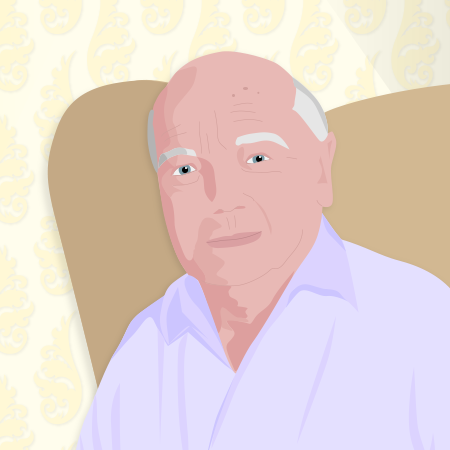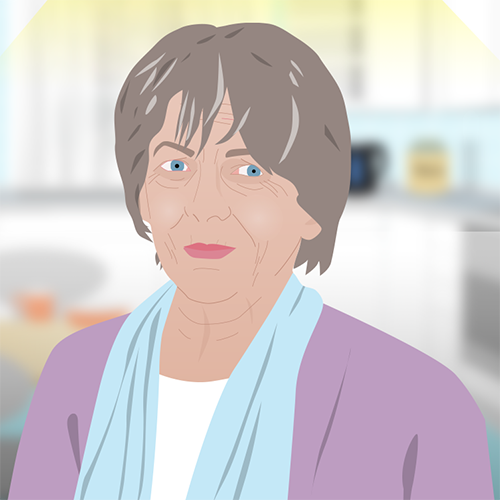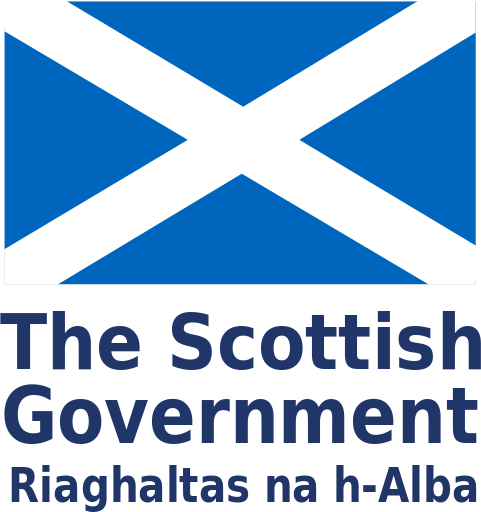This module aims to provide an overview of hyperacute treatments including thrombolysis and/or thrombectomy after acute stroke. It is relevant to any healthcare professional involved in any part of the patient’s pathway.
The introduction of thrombolysis and thrombectomy has greatly increased the importance of teamwork. Whilst only part of the content may be directly relevant to your role, for example as a paramedic, nurse or doctor working in the emergency medicine dept, stroke nurse, radiologist or radiographer, the module will ensure you understand the roles of other members of the team, and you can see how your role plays a crucial part in the patient’s pathway.
You will not be able to answer all of the test questions without completing the module. To gain a certificate of completion you will need to answer at least 18 of the 20 questions (90%) correctly.
Throughout the module there are links to additional information and resources. A few of the most relevant are below:
Further training
Online training
- Thrombolysis masterclass provides an opportunity to compared your decisions regarding the use of hyper-acute treatments with those of experience stroke physicians.
- ACTATS – an online training in interpretation of brain imaging in acute stroke including CT angiography
Stroke tools/scales
- FAST Tool: Chest, Heart & Stroke Scotland
- National Institutes of Health Stroke Scale (NIHSS – Assessment Form) – The NIHSS is an internationally accepted tool for the systematic assessment of stroke severity
- Eligibility for thrombectomy (Word .doc)
Patient and carer information
- Patient experience of thrombolysis following stroke: Video Clips
- Thrombolysis: patient decision leaflet (June 2017) NHS Lothian [.pdf 222 KB]

Introduction and overview
Module Authors This module has been developed by: Prof Martin Dennis, Professor of Stroke Medicine, The University of Edinburgh Jacqueline...
Case 1: Jimmy
Jimmy is a 58 year man. He is presently unemployed and smokes heavily. He has a family history of ischaemic...
Case 2: Keith
Keith Hughes-Smith is a retired 78 year old married man. His story Keith normally keeps well, but has diabetes and...

Case 3: Angela
Angela Campbell is a 65 year old lady. She lives with her partner, and was previously healthy and well. At...

Case 4: Iain
Iain is an 81 year old, retired joiner who lives independently with his wife, playing golf twice a week. He...

Case 5: Vera
Paramedics arrive in Resus with Vera at 9.50am The paramedics hand over the patient, reporting that they were called at...

The patient experience and conclusion
Before completing this module on hyperacute treatment including thrombolysis and thrombectomy we suggest you listen to John’s experience of having...

Module test
This is the module test for ‘Hyperacute stroke treatments including thrombolysis and thrombectomy’. It is strongly recommended that you work...

Video clips about ROSIER (Recognition Of Stroke In the Emergency Room)
These videos contain sound, please ensure that the computer you are using has sound enabled and speakers or headphones. Please...
Page last reviewed: 14 Mar 2024


